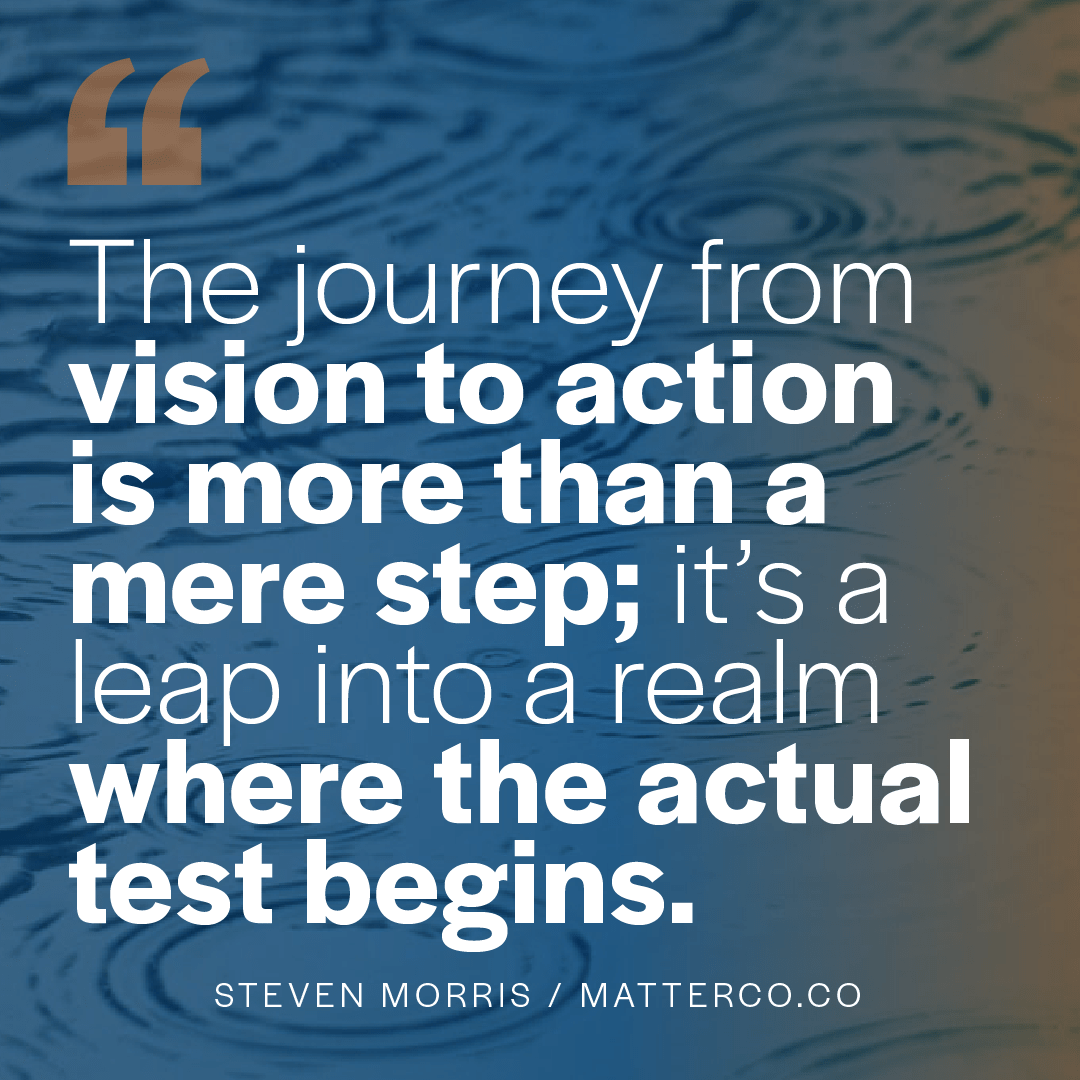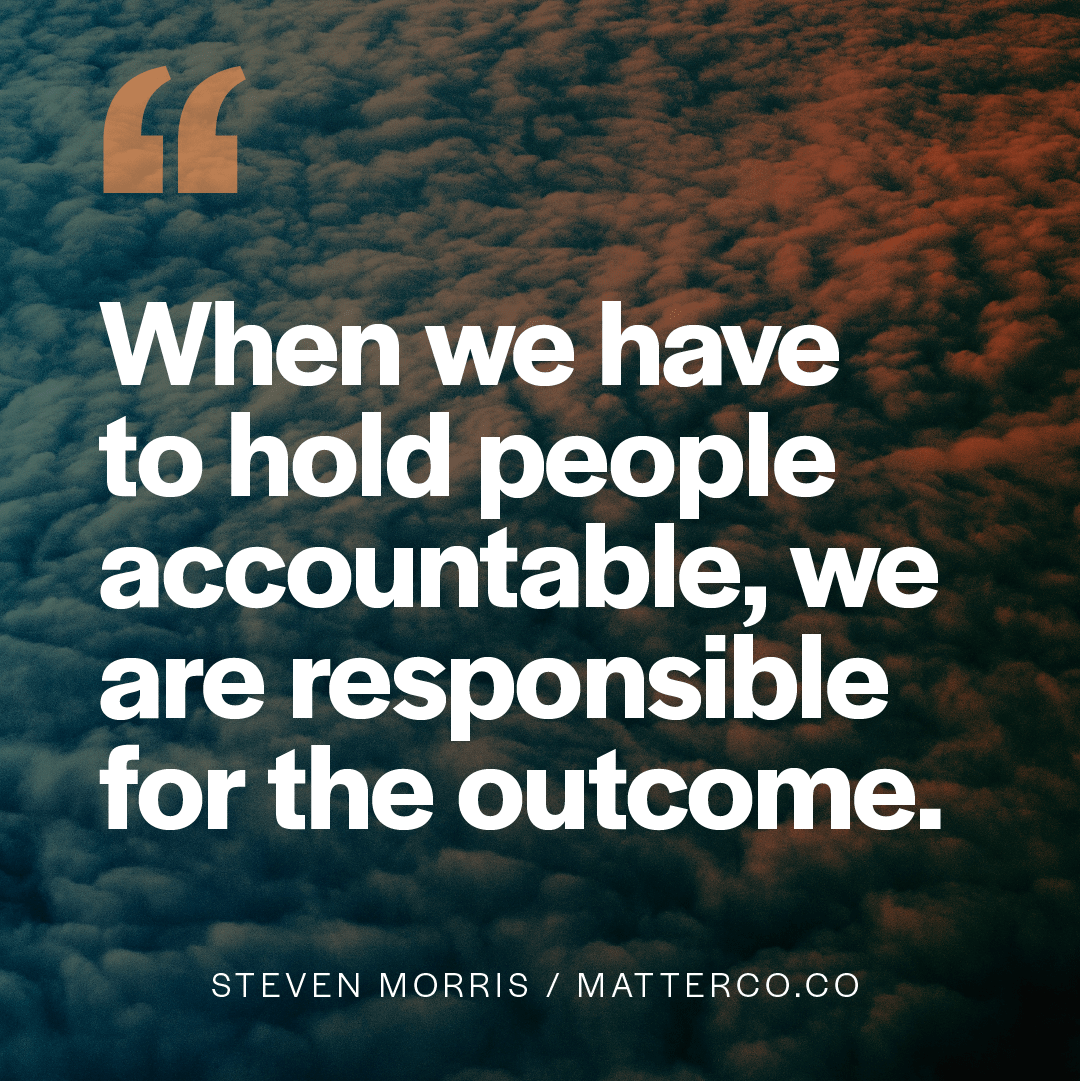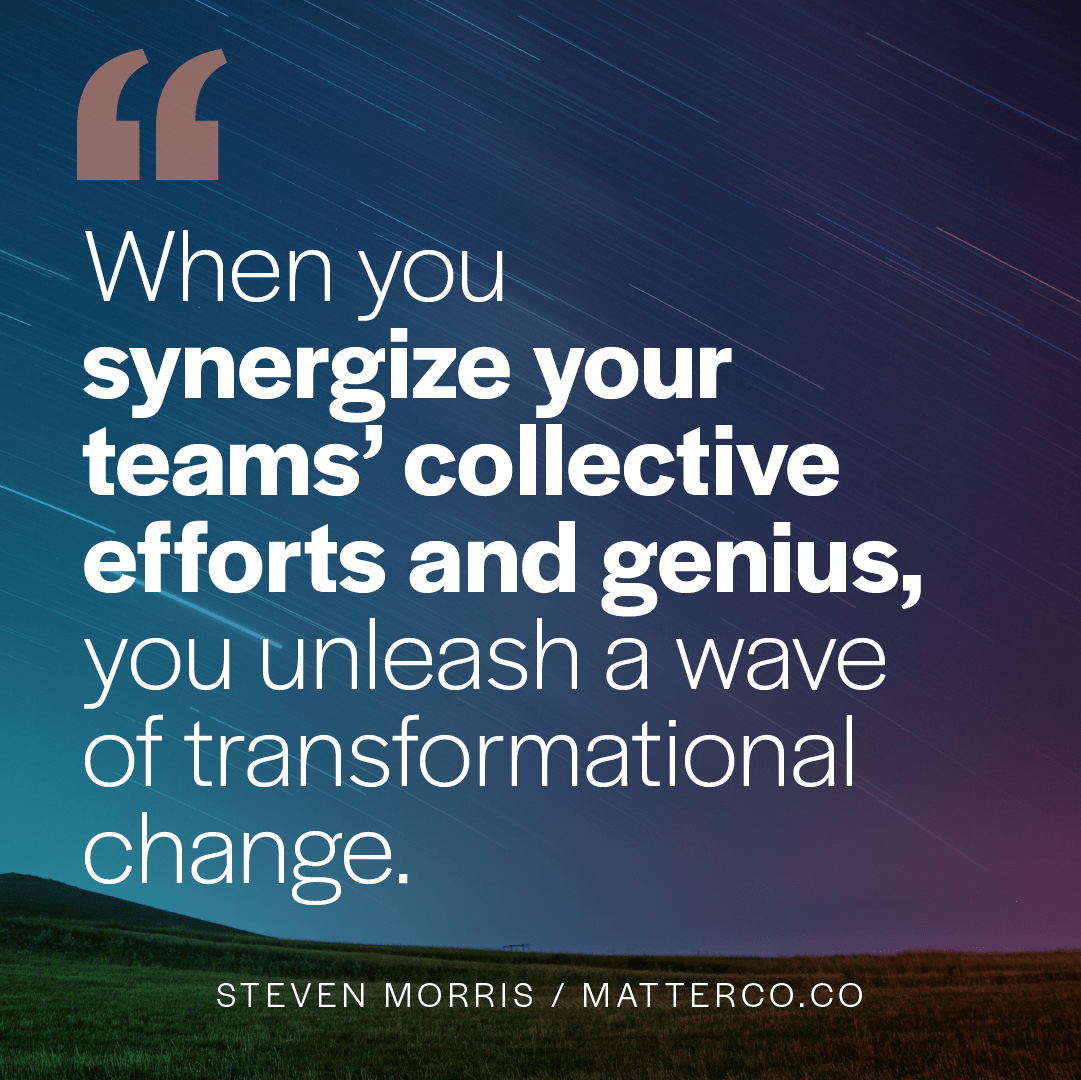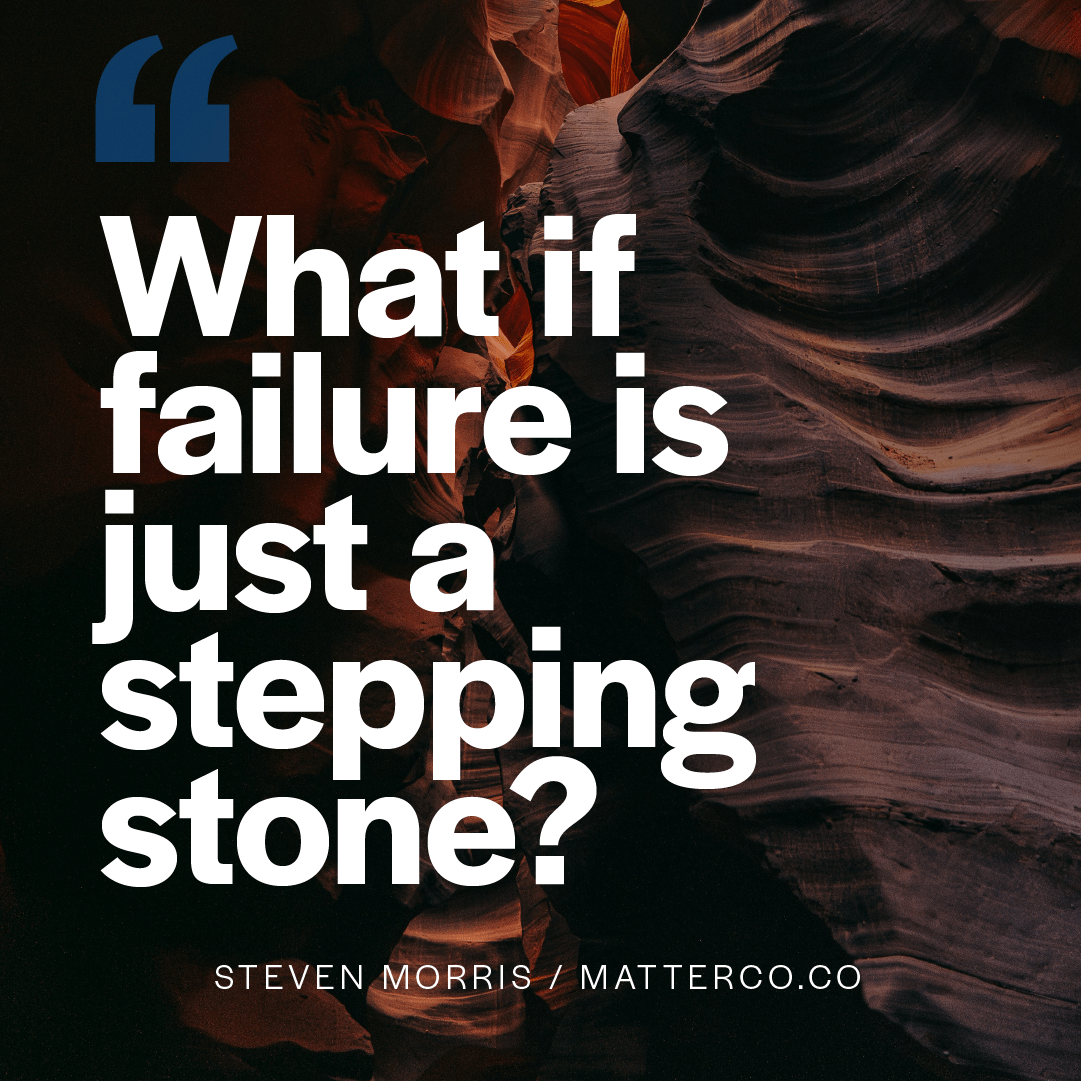
How to Build a People-First Culture: The Ultimate Guide
To be honest, I’m always a little surprised when I hear that people-first companies aren’t part of every organization’s strategy. Admittedly, I see the world of business from a humanistic perspective. All business is created by and for humans. People don’t just matter, they/we are what makes business, business.
With this in mind, putting people first seems like, well… common sense. But as the saying goes, common sense isn’t as common as it once was. So, maybe it’s time for some uncommon sense.
When a group of people bonds together in a common cause that they feel connected and committed to, which also serves their life, they become formidable — magnetic to employees and customers alike.
The following deep-dive is intended to give you and your team a view of how to build a people-first culture — and I’ve prepared a Free Guide-Book on how to build a People-First Employer Brand.
Download Your Guide-Book for Building a People-First Employer Brand.
How to Build a People-First Culture
To understand how to build a people-first company culture, you first need to understand the concept and why it matters. Any change to corporate culture requires buy-in at all levels, which in turn requires a true understanding of what you’re trying to accomplish and how it will impact the workplace. This guide will take you through the basics, then show you how people-first culture looks in the real world.
What is a people-first company culture?
The people who work for your company are your most valuable asset, so in this culture of trust and engagement, you elevate them over profits. The great thing is that when you value people and put them first, improved employee engagement and relationships typically mean that you’ll realize tremendous benefits in all other aspects of doing business.
A people-first company culture often requires a significant shift in many ways, from attitudes and behaviors to the actions your company takes at a fundamental level. This is not something you can write down as part of your mission and never touch again. It’s a conscious choice that will require an effort but will pay off.
Why is it important?
When you put people first, you are taking care of what you need most: people who love their jobs and do them well. As you’ll read shortly, today’s workers want jobs that fit their lives and managers who value them as humans. If you do not build a people-first culture, you risk losing your best employees.
“Talent is the multiplier. The more energy and attention you invest in it, the greater the yield.”
— Marcus Buckingham, Author and business consultant
Why should companies care about it?
Especially since the dawn of the COVID-19 pandemic, it seems like there are more jobs than people to fill them. As employees learned more about what works for them — remote work, different hours, a focus on holistic health — they became less likely to settle for less. A successful company shifts with the cultural tide.
How has the Great Resignation changed company cultures?
Employees are leaving their jobs more than ever or keeping an eye out for something better. While some CEOs chalk this up to a fad or people benefiting from unemployment pay, the truth is that many workers are unhappy. Instead of sucking it up and working through it, they’re off to find a workplace that cares.
As Mohammed Anwar writes in Forbes, the Great Resignation has nothing to do with employees and everything to do with the root causes of their unhappiness. Toxic company culture will not keep workers around, but a culture of trust and value will.
What are the benefits of having a people-first culture at work?
Beyond retaining your existing employees, a people-first culture makes your business more attractive to new hires. People-first practices are some of the best things you can do for retention and recruitment as your staff and would-be staff know that their employer cares about more than the money they bring in. Happy workers are better workers, which improves your company.
A people-first focus also benefits your customers. Clients can tell when the people within a business are stressed and unhappy. They may not want to support companies with demoralizing business practices — after all, most of your customers are workers too!
“Talented people are attracted to those who care about them.”
— Adam Grant
Why are diversity and inclusion efforts important?
Diversity and inclusion efforts are a cornerstone of people-first culture. Having a diverse, inclusive workplace brings a variety of voices and perspectives to everything your company sets out to do. There is a greater wealth of ideas and skill sets, which people feel more comfortable sharing when they don’t feel like the odd one out.
The benefits are tangible for workers, who are happier and more productive when there’s a greater range of acceptable ideas, perspectives, and skills. That goes for prospective workers, too, because diversity and inclusion are selling points for recruitment. Lots of people are looking for a corporate culture that is anything but homogenous when they are job hunting.
What are the first steps for building a people-first culture?
How important is it to listen to current employees?
Your current employees are your best source for understanding what parts of your corporate culture need to change. They are the ones who leave work every day feeling either valued or miserable. Understanding and caring about each of them as human beings, not just as workers, is a critical first step.
Surveys, company town halls, and consultations are a few of the ways you can reach out to current employees. Be prepared to listen to what they say and respond with empathy, even if it’s not what you want to hear about your existing corporate culture. It can be very beneficial to use methods that allow for anonymity — very few people want to tell their boss why they don’t like their job.
Maintaining communication is also key to ongoing engagement and people-first values. Ask staff how their days are going, what they want to achieve in the future, where they need help and how you can make it happen. Listen to what they’re saying and find the right solutions to match their needs.
Who needs to buy into the people-first philosophy?
Everyone! But, of course, buy-in has to start from the top down. Leaders must lead people-first, placing employee needs above their own. Your company’s leaders should not hesitate to get involved and get to work, showing that the whole company is a team with no special treatment.
Leaders and decision-makers also need to buy into a people-first culture by placing people-first values into every program, policy, and process. Consider how each decision will impact your company’s people, seek feedback, and truly listen to what they tell you. Let go of the ideals of hierarchy and power, and consider that employees are also critical stakeholders in your company: without them, the business fails.
Are employee assistance programs useful?
Employee assistance programs are one way to offer people-first benefits, but you need to choose your EAP wisely. You don’t want to provide an EAP that doesn’t help employees but gives the appearance that the company cares. One of the biggest pitfalls is employees believing — rightfully or not — that an EAP is not confidential and that HR will hear everything they’re saying.
Be transparent with your employees on the information provided to HR or other workplace departments. As an employer, you should only track decentralized metrics such as employee satisfaction and not hear specific problems’ details.
How can hiring practices reflect a people-first culture?
We have discussed how people-first culture can impact recruitment, but what does it look like in terms of hiring? Make corporate culture a part of your hiring considerations, and you can ensure that every new hire is someone who will join your people-first team with ease. Not every worker is a good fit for every company, and people-first hiring respects that.
Find out what corporate culture your potential hires enjoy — does it sound like yours? What are their values, and do they match that of the company? On the flip side, be sure to be honest about your company’s culture as you’re hiring. Be ready to show evidence of your people-first philosophy.
It’s also critical to be inclusive and equitable in your hiring practices. Invest in training for HR and decision-makers to avoid pitfalls like unconscious bias. Ensure your postings are gender-neutral. And consider how you can build equity into how you screen resumes.
“If you are lucky enough to be someone’s employer, then you have a moral obligation to make sure people do look forward to coming to work in the morning.”
— John Mackey, Whole Foods
What types of leadership have a people-first philosophy?
Servant leadership is one philosophy. In this method of leadership, leaders do not focus on the company’s success as the primary goal. Instead, leaders put employees first, knowing that prioritizing people will ultimately better the organization. The motto behind it is “I serve because I am the leader, and I am the leader because I serve.”
Democratic leaders can also be people-first because these leaders make a point of letting employees know how valued they are. They work to hear the voices of every employee democratically while still steering the company or the team’s plans.
Coach-style leadership may be people-first as coaches look to their team member’s strengths, weaknesses and motivations, seeing them as whole people. They help employees overcome challenges while working with their strengths. My colleague Michael Bungay Stenier (aka MBS) wrote a fantastic (and best-selling) book called The Coaching Habit. This potent book can help your team build a coach-style leaders throughout your team.
Visionary leaders can be similar, working hard to foster confidence in their team by acting inspirationally. A visionary leader may have more of the overall company growth in mind, however, than a servant leader.
In my recent book, The Beautiful Business, I frequently discuss what “evolved leadership” (AKA people-first leaders) does to create an organization that has a high degrees of belonging, integrity and magnetism.
What is people-first leadership?
All types of people-first leadership share common principles.
- People-first leaders genuinely care about everyone at the company as human beings and not just employees. This doesn’t mean that everyone has to be best friends, but it does mean that leaders have compassion for and interest in the well-being of workers. Workers are valued, employee engagement is important, and there is a culture of trust, loyalty and respect.
- People-first leaders serve others. They show humility and work alongside employees.
- Finally, people-first leaders value the experience of each employee by working employee engagement and satisfaction into every aspect of doing business. Employees are at the center of every program, policy, and philosophy, ensuring each feels valued and worthy.
What are some common challenges to building a people-first culture?
- It can be challenging to get buy-in from higher-ups, and it takes time to shift to a people-first culture.
- In some scenarios, leaders may struggle to ‘be the boss,’ as employees may view leaders more as friends than leaders.
- Employees may be skeptical of people-first culture at first and unwilling to share their genuine thoughts and feelings, especially if this is a dramatic shift.
How can you overcome these challenges and continue to build a thriving people-first culture?
Key decision makers and business role models must understand what people-first culture is and why it’s worth the effort. When they know the results of people-first culture and leadership, they will be more willing to buy in and put in the necessary work and time. Speaking with peers or industry experts well-versed in this area can help.
Reluctant employees will eventually come around as they see leaders change and the same benefits come to fruition. It’s essential for leaders to still have boundaries, of course, and have systems in place to do things like hold team members accountable.
How to maintain a people-first culture and ensure its success
Data is beneficial in measuring company culture and its success. If you can benchmark specific metrics before and after you shift cultural styles and continue to monitor those metrics, you should have an idea of your corporate culture’s impact.
For example, customer ratings and sales numbers tell you how you are perceived from the outside. Anonymous employee surveys tell you how your staff feel they are being treated. Employee turnover rates tell you similar information, as do internal communication metrics such as intranet page visits.
It would help if you also looked at productivity metrics, such as completed organizational metrics or project ratios showing projections versus completed. Happy employees are productive, reflecting the culture you are trying to build. The proof is in the numbers; if metrics are not what you expect, it’s a sure sign that you need to make a change.
What is the future of people-first corporate culture?
If today’s workers expect nothing less than excellent treatment, tomorrow’s workers certainly won’t go backwards! Setting up a solid culture of trust and value now positions your company well for a transforming workforce.
If you’re interested in learning more about how I can help your organization build a people-first culture and employee brand, drop me an email here.
If you want a more trusting team, a culture of belonging or a magnetic brand that attracts more of the right customers, I can help. If you'd like to explore if working together makes sense, drop me a line.







